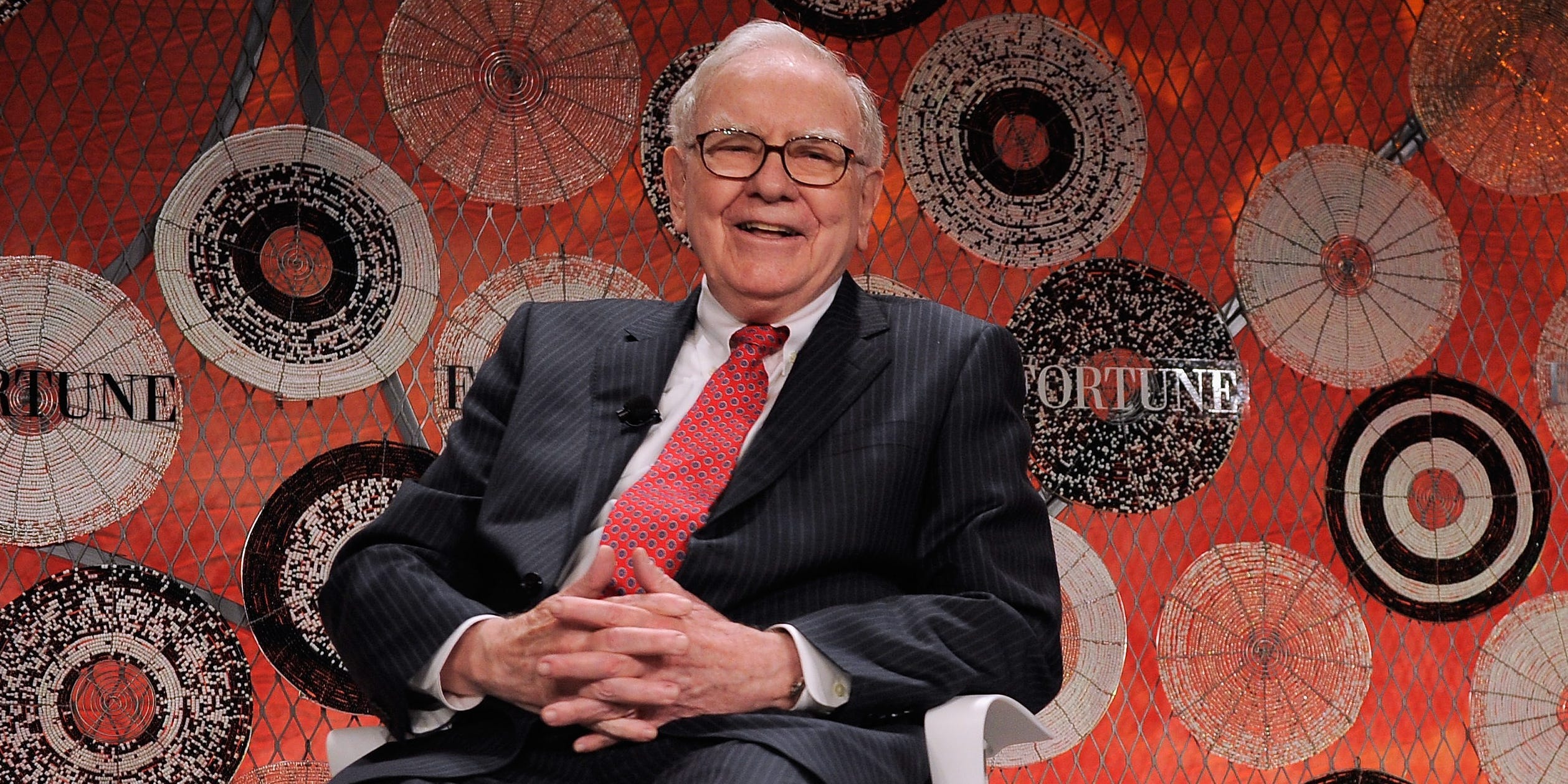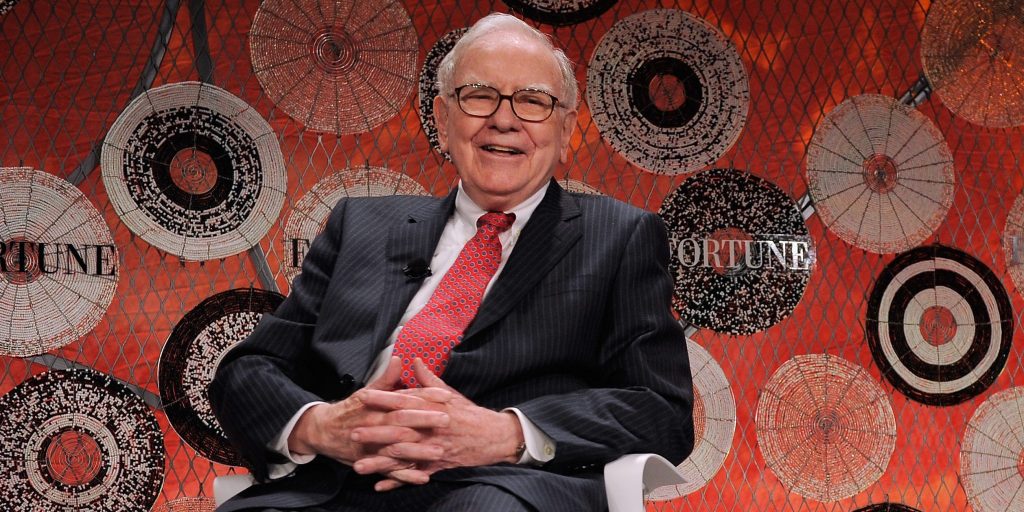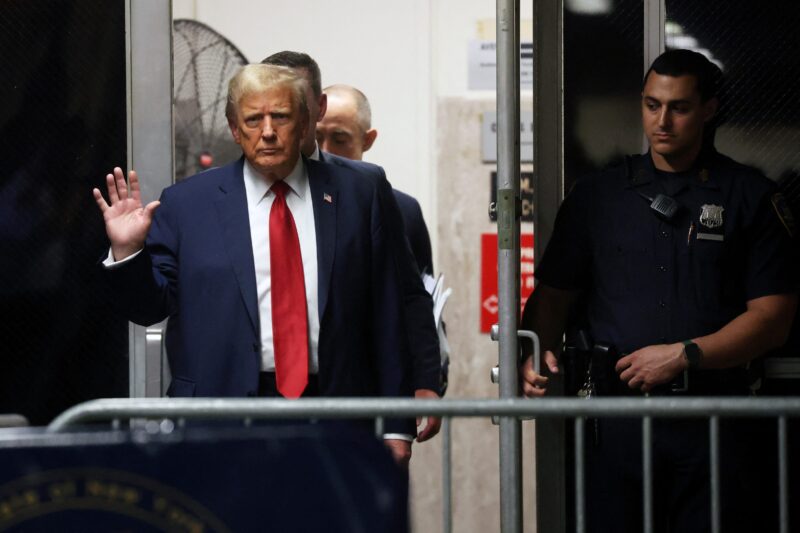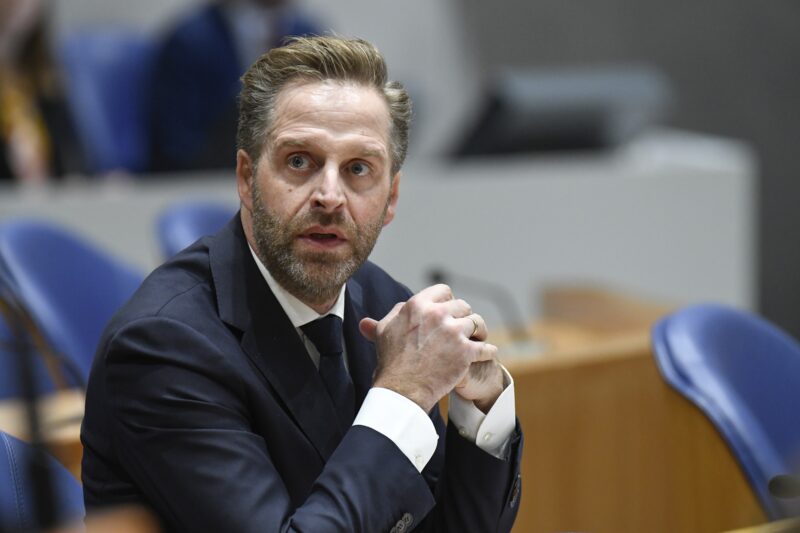
Getty Images / Jemal Countess
- Warren Buffett dismissed art as a bad investment nearly 60 years ago.
- France could have made $1 quadrillion if it had invested instead of buying the Mona Lisa, he said.
- Buffett described investing, valuing and building businesses, and Berkshire Hathaway as art.
- See more stories on Insider's business page.
Warren Buffett invoked one of the most famous paintings in history to explain why art is a poor investment.
The billionaire investor tackled the topic in his 1963 letter to clients of his Buffett Partnership, the investment fund he ran before turning his attention to Berkshire Hathaway. He wanted to convey the power of compound interest in building wealth over time.
Buffett noted that Francis I, the former king of France, bought Leonardo Da Vinci's "Mona Lisa" in 1540 for 4,000 gold crowns, or the equivalent of $20,000. If the monarch had plowed that money into an investment generating a modest after-tax return of 6% a year, the country's coffers would be overflowing with more than $1 quadrillion by 1963, or 3,000 times its national debt, the investor pointed out.
Meanwhile, the "Mona Lisa" was insured at a value of $100 million in 1962, or over $900 million in today's dollars.
"I trust this will end all discussion in our household about any purchase of paintings qualifying as an investment," Buffett quipped. His comments resurfaced this month courtesy of Dividend Growth Investor, a Twitter user who tweets about investing.
The famed boss of Berkshire Hathaway might not view art as a worthwhile holding, but he considers his job to be something of an art form.
"Investing is the art of laying out cash now to get a whole lot more cash later on," he said at Berkshire's annual shareholder meeting in 1998. He also described valuing businesses as an "art" during the next year's meeting.
Moreover, Buffett has compared building a business to crafting a painting. He deployed that analogy to persuade the cofounder of National Indemnity, Jack Ringwalt, to sell his insurance company to Berkshire in 1967, he recalled at the annual meeting in 2000.
The investor asked Ringwalt if he would be happy to have a trust officer dispose of his life's work the day after he died. He reassured the entrepreneur that Berkshire would respect and not resell his business, and also allow him to continue "painting" it.
"We won't come in and tell you to use reds instead of yellows or anything like that," Buffett recalled telling Ringwalt. "So even though it's a masterpiece now, you can keep adding to it."
The Berkshire chief took the metaphor even further, framing his conglomerate as a collector of fine art.
"We like to think we're the Metropolitan Museum of businesses and that we can get really outstanding creations to reside in our museum," he said.
Buffett has also described Berkshire - which owns scores of subsidiaries including Geico and See's Candies as well as multibillion-dollar stakes in Apple, Coca-Cola, and other public companies - as his magnum opus.
"I regard Berkshire Hathaway sort of like a painter regards a painting, the difference being the canvas is unlimited," Buffett said in 2016.











